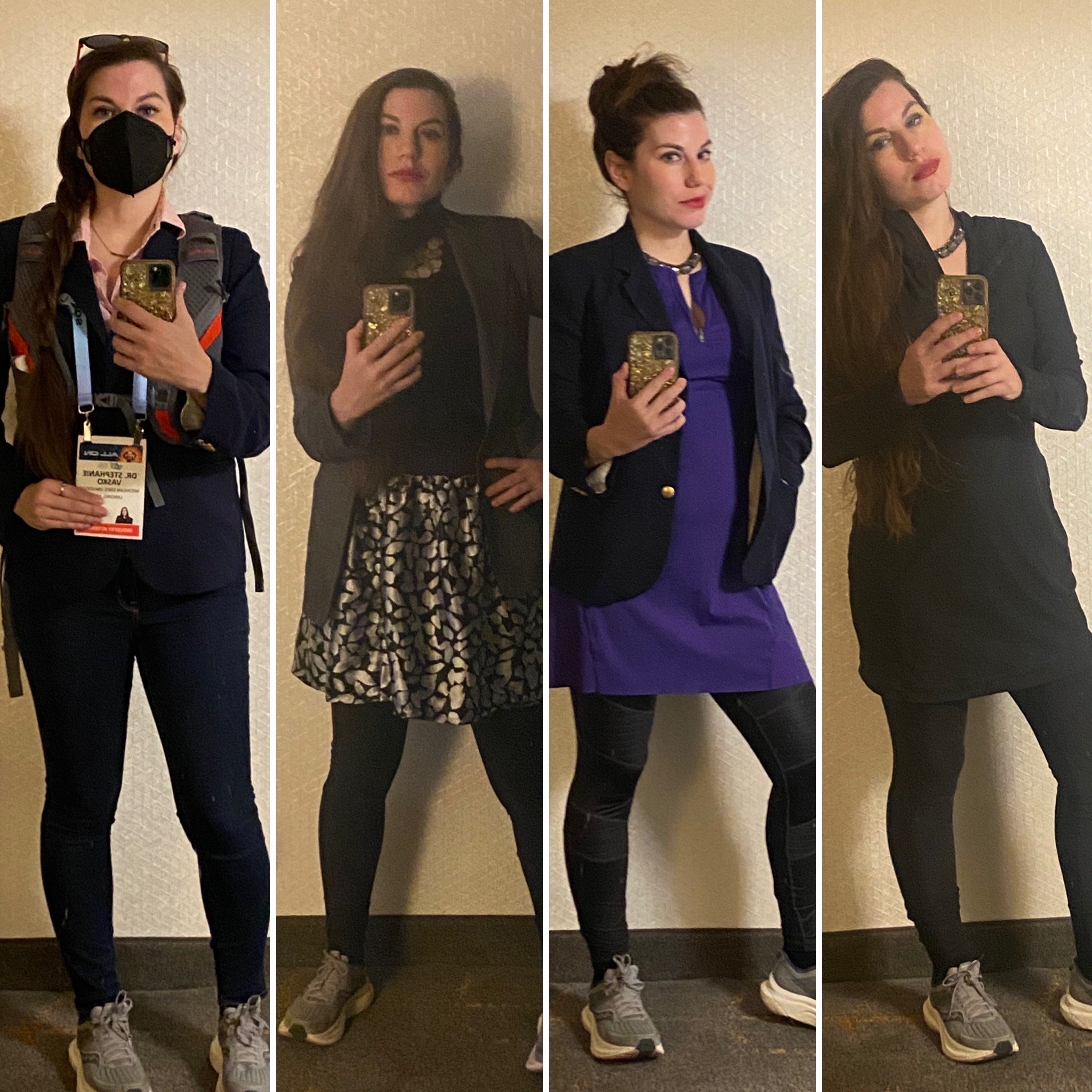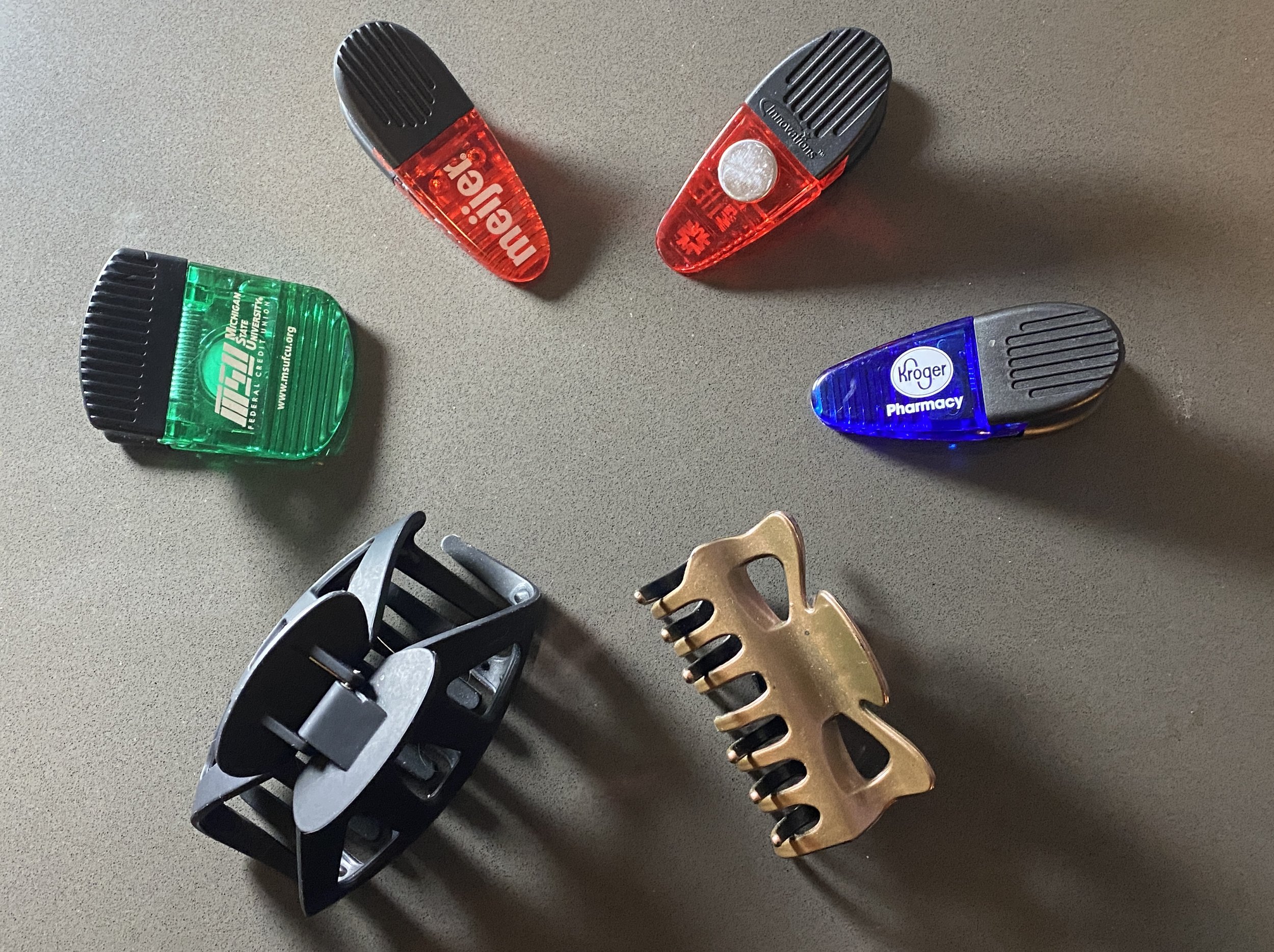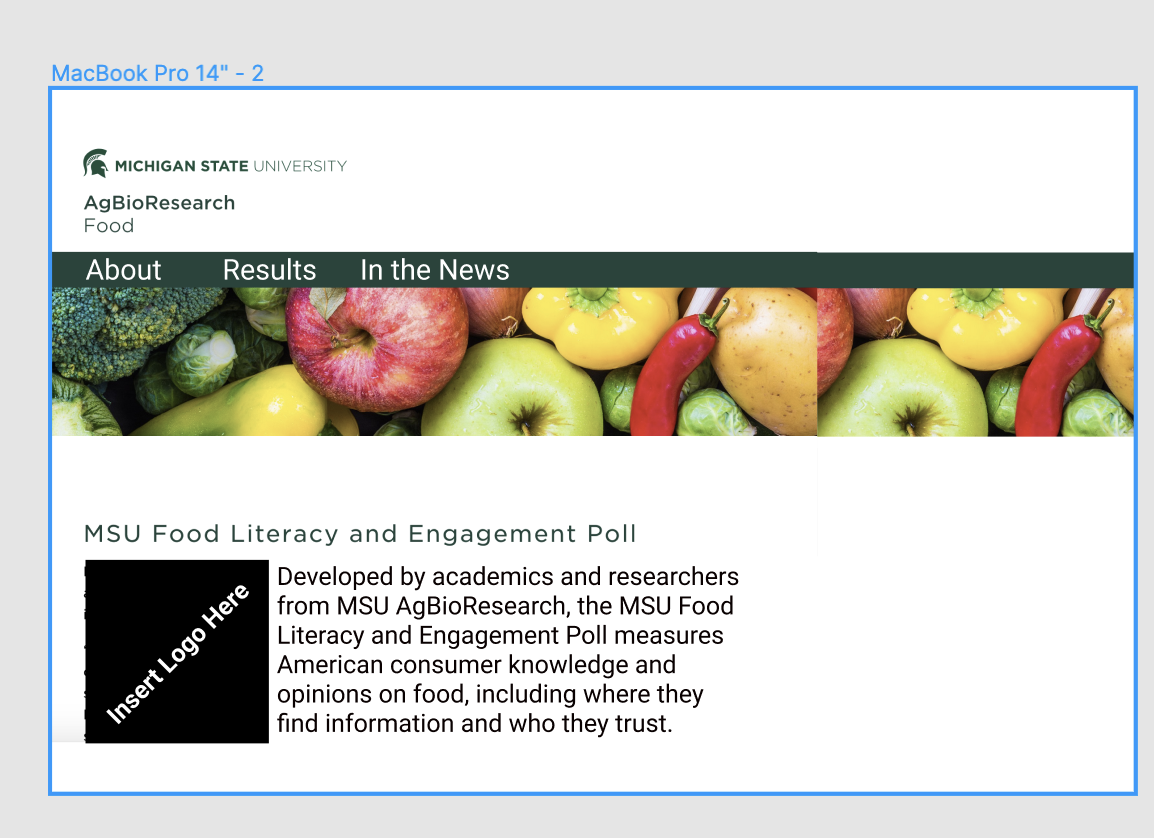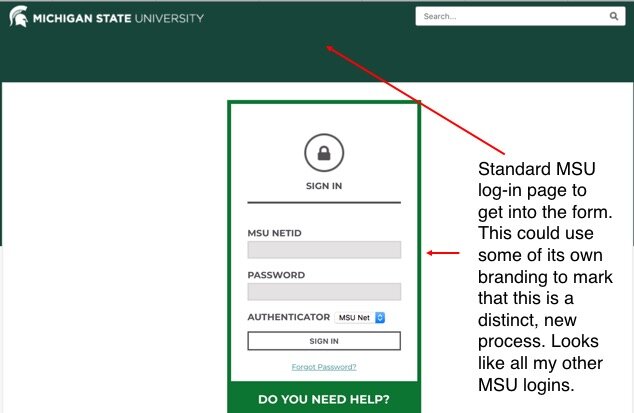Intro
This year was my first time at CES and it was equal parts fascinating, overwhelming, and inspiring! After worrying about traveling delays (which ultimately did happen), I started worrying about what to pack for CES. While I’ve already written about some work takeaways and observations, I wanted to give you a behind the scene of what outfits and footwear I went with and what I carried in my daily bag.
Outfits and “Business Casual”
The dress code for CES is business casual, which in my opinion, is complicated in 2024. As someone who works from home most of the time and works for a university, my outfits are probably a little more “daring and comfortable” than “business casual.” From my outfits to my shoes to my bag, I kept worrying about fitting into the CES crowd.
Having not worked in a space with traditional business or business casual dress codes in quite some time, I decided to do what I do best: research. Ultimately I realized that the only way to feel comfortable at CES was to be myself and pair some of my dressier athleisure pieces with business casual staples. I created a capsule wardrobe of mix and match pieces that I could layer including two athleisure dresses, a self-made skirt, two button downs, two thrifted blazers, one pair of jeans, one sweater, two pairs of black leggings, and silver jewelry. This allowed me to mix and match on the fly and transform outfits from day to night or adjust to heating changes. Did it work? Absolutely. I didn’t use all of the pieces I brought, but having a few extra options helped when I needed to adjust for temperature or for how much I would be walking on particular days. There were 135k+ people at CES this year and I saw everything from business suits to high fashion dresses to t-shirts and jeans. Bottom line? Wear what makes you feel powerful and comfortable and don’t be afraid to mix in pieces of your authentic style.
Four Days of CES outfits (All image rights reserved)
Footwear/care
One of the biggest things I heard about CES was how much walking I was going to be done while there. I asked a few former CES attendee friends and colleagues about what they had done or were doing about footwear. After these discussions and some soul searching, I decided to wear my current stability running shoe (Saucony Tempus) for the conference. In the end, my comfy choice was the right choice for me and allowed me to fit in as many attendees were in sneakers. I paired my sneakers with compression socks (a clutch tool in my long distance runner life), and given that I wound up walking/hiking 45+ miles on my trip, I was VERY happy with this decision.
My bag
I don’t use a shoulder bag (especially in light of my arm injury), so I contemplated using my normal backpack. At the end of the day, I felt like this was too big and bulky and would give me the unnecessary temptation to carry too much all day.
Instead, I took my Alps Mountaineering Hydro Trail 10 day hiking bag (without the water bladder and hose). What I especially like about this particular bag are the chest straps and waist strap, allowing me to fit it to my body and take weight off my shoulders or back. The front pockets allowed me to keep my cough drops and hand sanitizer close at hand, as well as keep a water bottle in my vision to remind me to hydrate.
What’s in my bag/pockets
(All image rights reserved)
The following is a quick tour of the things that I (mostly) carried every day of CES, starting from the top left of the image above.
First row:
1: Cough Drops: I bought a big bag of store brand honey lemon cough drops and brought those from home. I like having something small on hand to help with things rom coughing spells to bad tastes.
2: Corded Headphones: When it comes to headphones, I never want to worry about batteries and charging. I also like to signal to others that I have headphones in, so I wore this smaller pair and kept my trademark over -the-ear pair in the hotel room.
3: Fruit and Nut snackpack: You never know when a snack will or will not appear, so I like to make sure I’m prepared for hunger pangs. These Target ones have a combo of fruits, nuts, and seeds.
4: Small notebook: I brought this very on-brand one with me, but wound up not using it because taking notes on my phone was faster and easier on my injured arm.
5: Blistex: Vegas is dry, chapstick is a must. And by one chapstick I mean, bring five. I like this mint one, especially when I am masking.
6: Pen: To take notes with…I used mine to write notes on business cards.
Second row:
7: Hand sanitizer: I knew I’d be touching a lot of things that other people have touched. With the flu/RSV/COVID threats, and having just recovered from bronchitis, I wanted to take every step I could to keep myself safe. Also, there MANY times I’d ask a company to clean a headset or something I’d be putting on my body and they hadn’t been doing it.
8: USB to X cable: Needed for my external battery and I like to be prepared.
9: Extra hair band: I have very heavy, very long hair. Hair bands break and get lost, so I like the security of an extra.
10: External Battery: I knew I’d be on my phone all day, so wanted to make sure I was charged the whole time. This is the smaller of the two I brought with me. These both got topped off at night.
11: Bandaids: Walking a lot of miles means the possibility for blisters, constant dry air means the possibility for cuts. I like being prepared for all occasions.
12: Gu: The ultrarunner in me loves Gu. Caolories, electrolytesm, and caffeine in a little packet. While this is not my particular favorte flavor (jet blackberry is), these do in a pinch if you can’t find some quick food or coffee. I use one every 5 miles/1 hr when I am running.
Where is your computer?
I brought a chromebook on this trip; but quickly realized it was going to be faster/lighter for me to move to phone only during the day and notebooks/chromebook when in the hotel room. I don’t regret this decision at all.
Additional Bag Items Not Pictured
Masks: I wore a KN-95 mask the whole time. I was definitely in a small minority of people doing this, but after last year, my personal calculus errs on the side of still masking in public at all times. In addition to the one I was wearing every day, I also had a backup in my bag. You could get them from the CES Info desk at XYZ.
Hydration Options: From Vegas dryness to the hotel room dryness to the walking, you are going to get dehydrated on this trip. So I’m going to tell you to get water, BUT also, make sure you are also getting enough salts. I took a prep trip the night before, went to Target, and got a gallon of water, some packs of lacroix, and some gatorade. I carried a small (16oz) water bottle I refilled as my daily hydration option. You will want options. And if you’re in a big city, getting these options as far out as you can from expensive areas can make your trip cheaper and better hydrated.
Things I wish I would have had
Portable Humidifier: On some CES packing lists, I saw that people were bringing portable humidifiers, and I scoffed. BUT, Vegas is a DRY place and hotel rooms are even drier. Normally at a hotel, open the window to get some fresh air. Sadly, this was not possible at my hotel and I felt myself desiccating in my sleep. If I go again, I will definitely be packing mine.
Final Notes
If you are an attending CES or another expo or trade show, I hope that this post helps you plan your trip!












